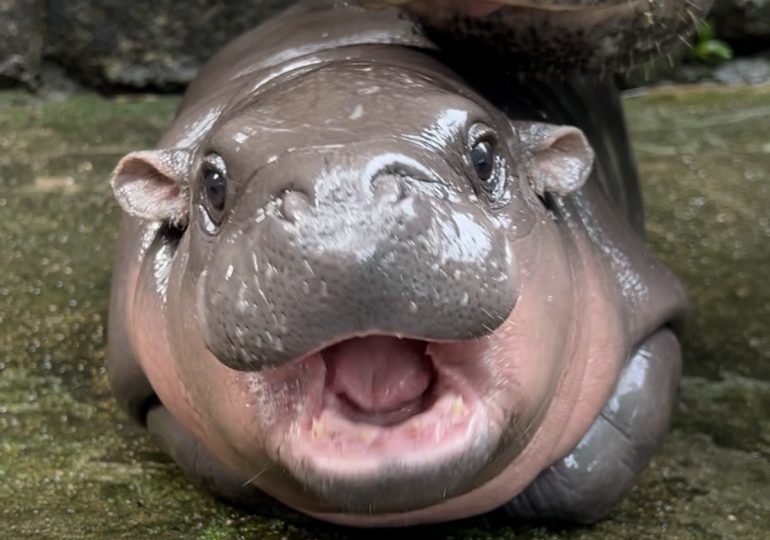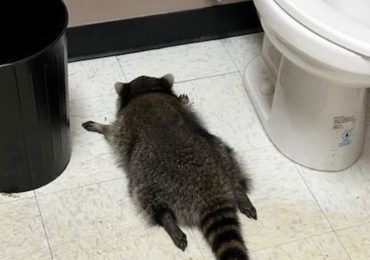Getting a glance at the rosy-cheeked Moo Deng, a two-month old pygmy hippopotamus that has made her stamp online, may now be the most popular pastime for Thai locals. And with her new celebrity, Moo Deng garnered the support of Thailand Sephora, which posted an advertisement showing people how to wear their blush like the celebrity hippo.
But sometimes fame comes with a price. Opportunity to see the adorable little creature will now be more difficult as the Khao Kheow Open Zoo has decided to limit the time people can see the baby hippo for safety reasons.
[time-brightcove not-tgx=”true”]
Moving forward, visitors will have a 5-minute timeframe to see Moo Deng, whose name translates to “bouncy pig” or “pork patty,” and can only visit her on weekends, under a new policy announced by the zoo on Saturday. The Thai zoo apologized for the inconvenience.
The new regulations come amid reports of visitors acting inappropriately around Moo Deng— throwing shellfish, water, and other objects at the fresh-faced baby hippo.
Visitors have been flocking to the zoo after viral videos featuring Moo Deng—who was born on July 10—garnered tens of millions of views on TikTok, with fan pages for the tiny four-legged baby hippo also launching on other social media platforms such as X. Khao Kheow Open Zoo Director Narongwit Chodchoy says that the number of visitors stopping by the zoo has increased by at least 30%.
Chodchoy previously said of objects being thrown at Moo Deng: “These behaviors are not only cruel but also dangerous.” He also said Thursday that he would consider taking legal action against visitors who do not cooperate. The zoo has installed CCTV cameras to make sure Moo Deng is safe.
Pygmy hippos are smaller than the common hippopotamus and are less aquatic. Their body excretes a pink fluid that gives the animal a wet appearance to prevent sunburns, according to the San Diego Zoo. They are an endangered species, as some 3,000, or even less, remain in the wild.
Leave a comment








